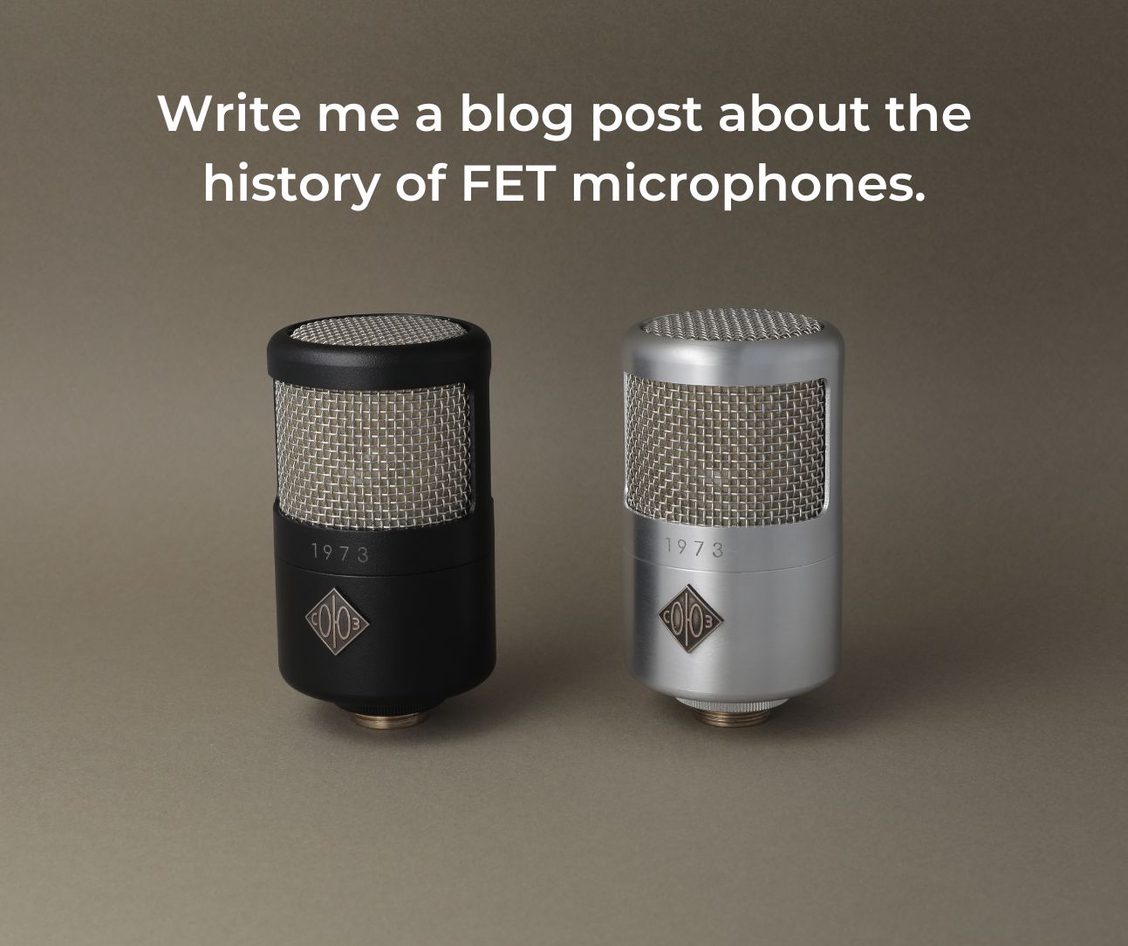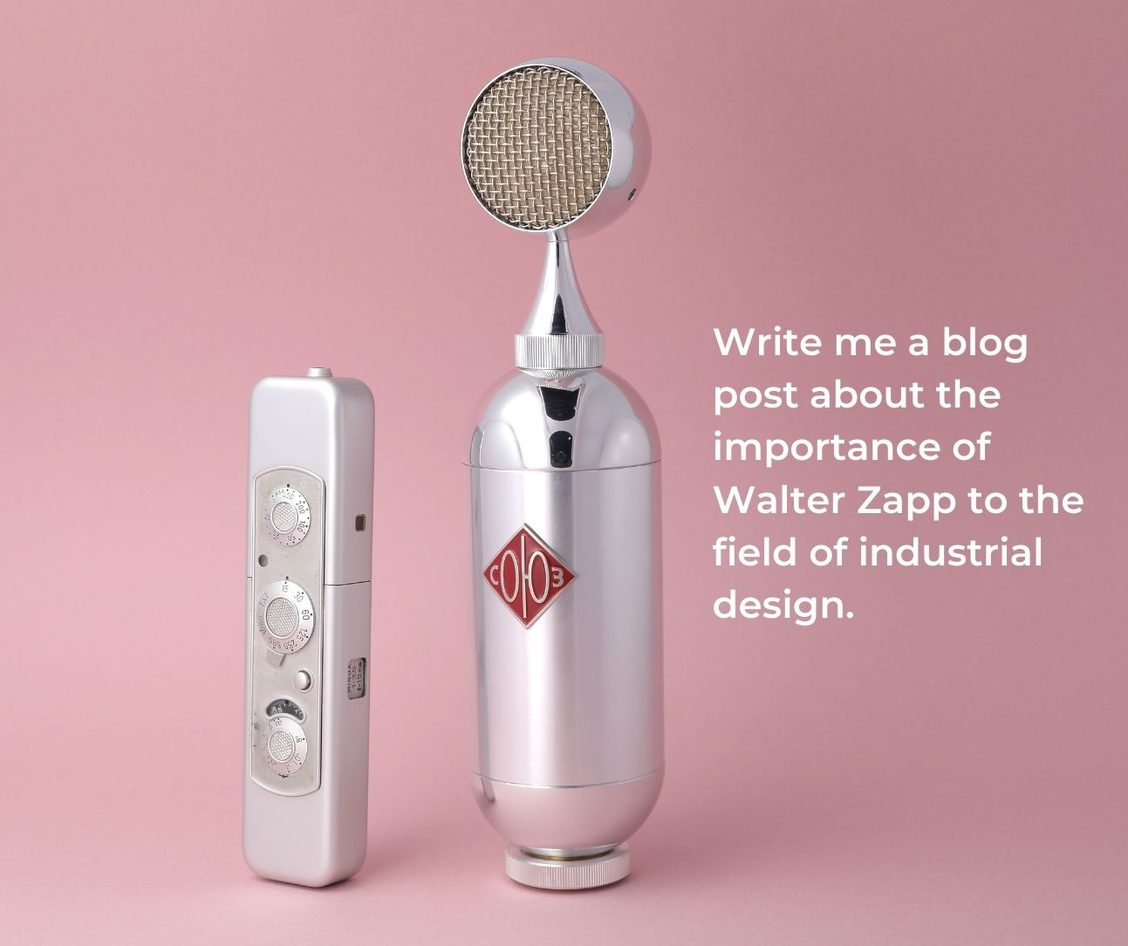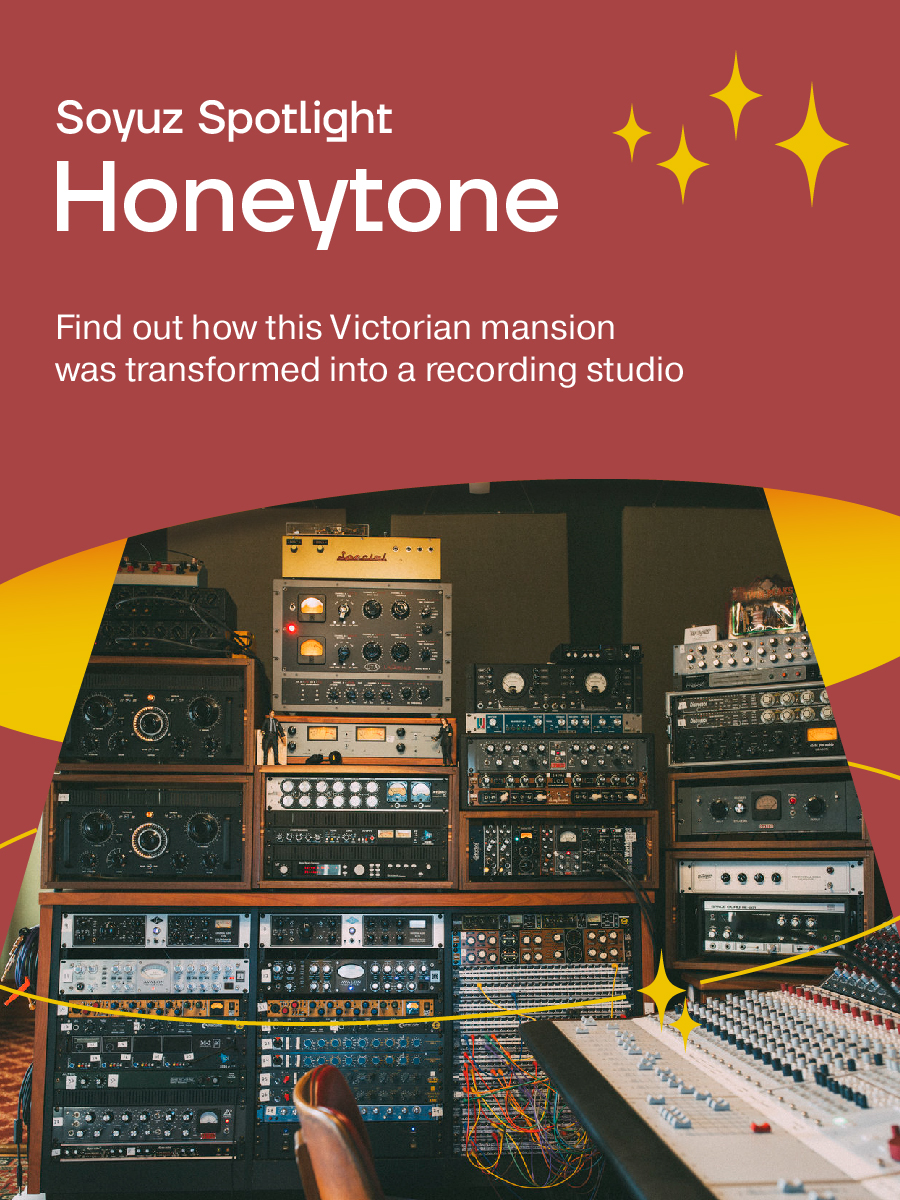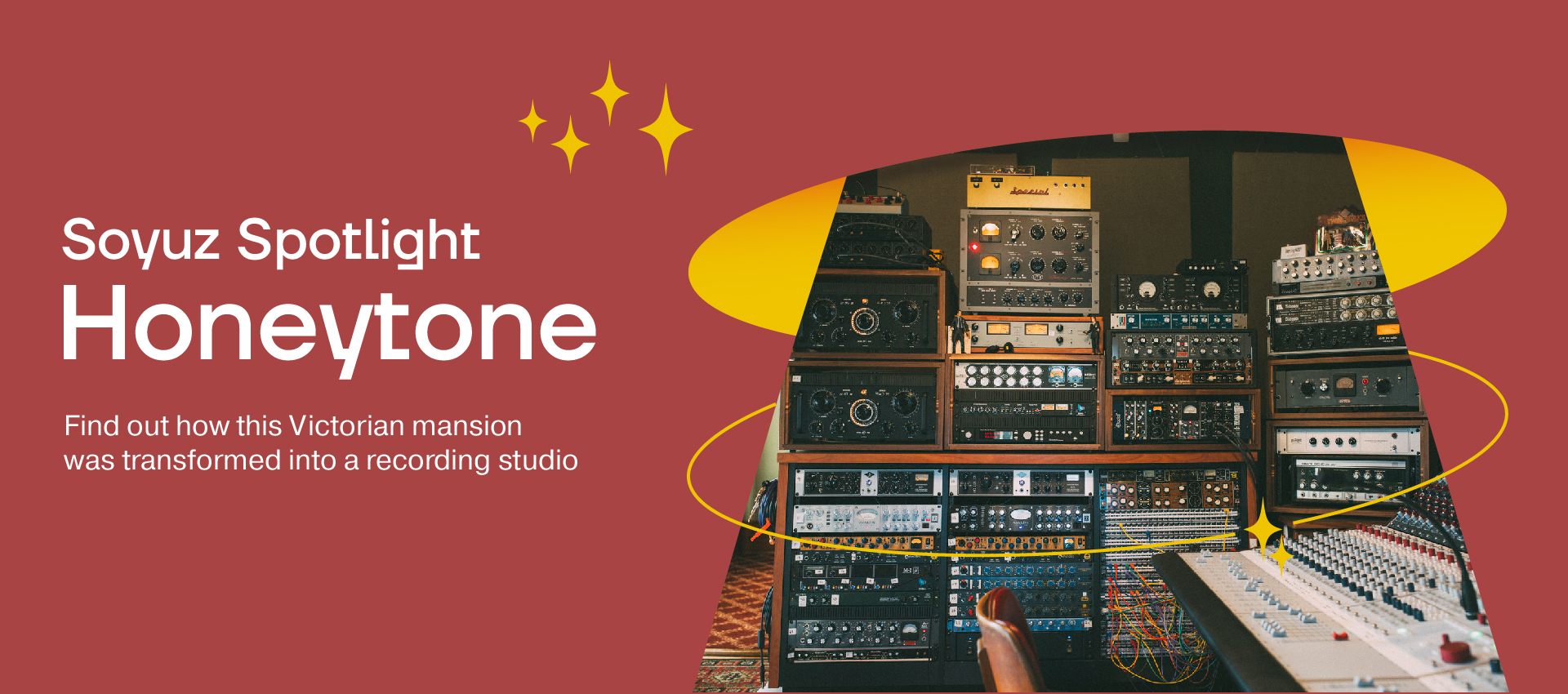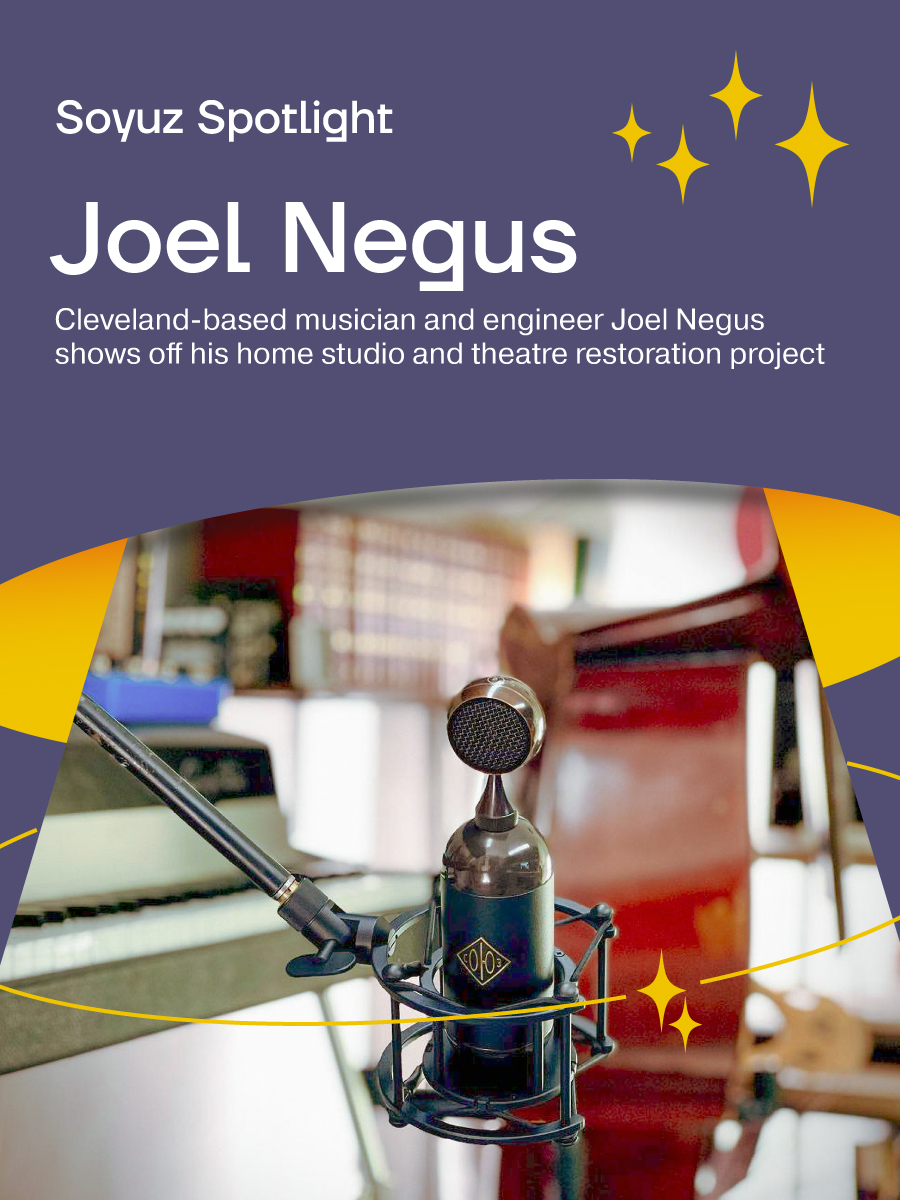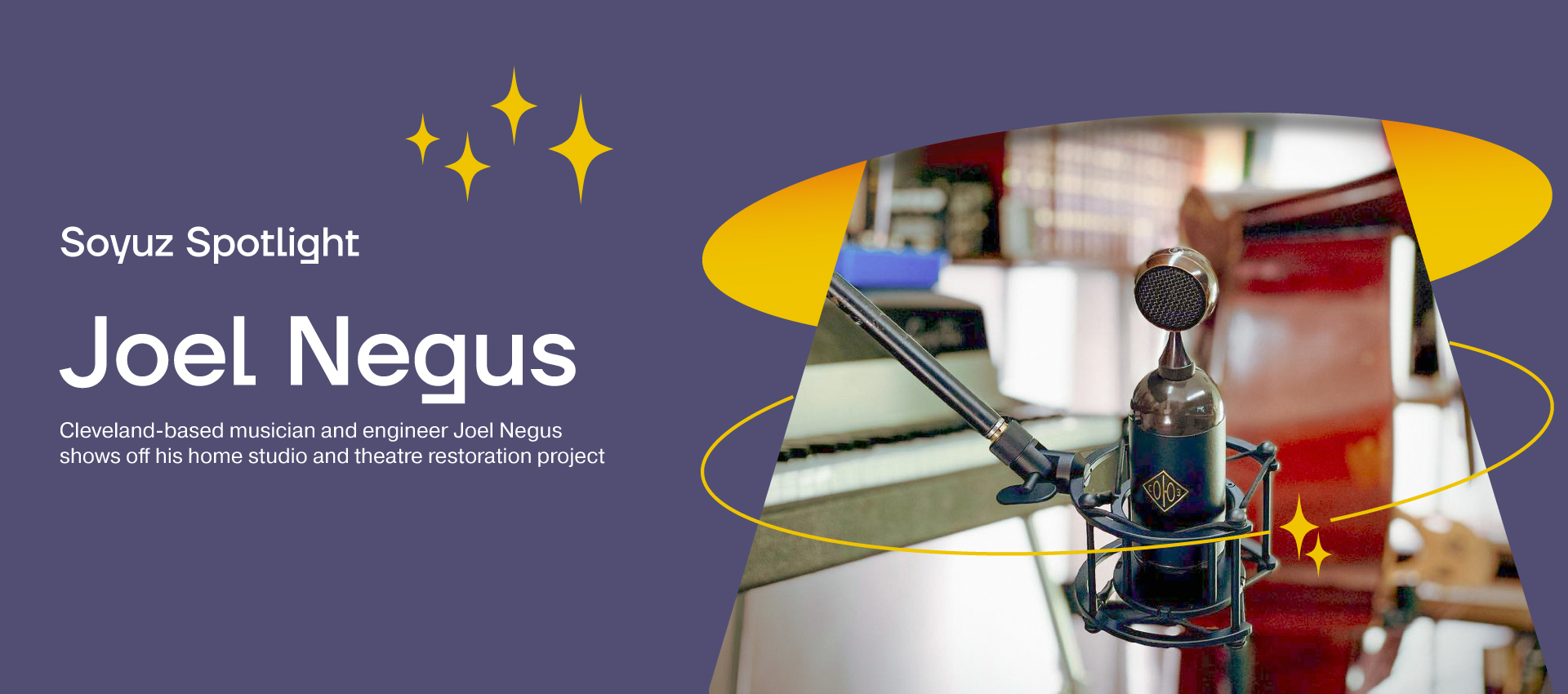Unless you’ve been living under a rock, you’ve probably heard about ChatGPT and how it’s going to revolutionize the world as we know it. We decided to put it to the test with a couple of simple copywriting tasks. The results weren’t perfect but were pretty surprising nonetheless. Remember, the AI’s answers weren’t copied and pasted from a Wikipedia article. They were unique responses that ChatGPT composed in the moment.
FET (Field-Effect Transistor) microphones have a long and interesting history that dates back to the mid-20th century. These microphones are known for their high sensitivity, low noise, and wide frequency response, which make them ideal for a variety of audio applications. In this blog post, we will explore the history of FET microphones and how they have evolved over the years.
The first FET microphone was developed in 1952 by two Bell Labs researchers, John R. Pierce and G. W. Farnell. They were working on a project to create a microphone that could be used in military and aerospace communications, and they found that the FET was an ideal amplifier for this purpose. The FET microphone had several advantages over traditional microphones, including a higher signal-to-noise ratio and a wider frequency response.
In the decades that followed, FET microphones became increasingly popular in the professional audio industry. They were widely used in recording studios, radio and television broadcasting, and live sound reinforcement. Many famous artists and producers relied on FET microphones to capture their music, including The Beatles, Pink Floyd, and Bruce Springsteen.
In the 1980s and 1990s, FET microphones experienced a resurgence in popularity due to the emergence of digital recording technology. These microphones were able to capture the nuances of a performance with a level of detail that was previously unimaginable. Today, FET microphones are used in a variety of audio applications, including music recording, film and television production, and live sound.
Despite the many technological advances that have taken place in the world of audio over the past 70 years, FET microphones remain a popular choice for professionals and enthusiasts alike. Their high sensitivity, low noise, and wide frequency response make them ideal for capturing the full range of human emotion and expression, and they will continue to be an important tool in the world of audio for years to come.
Not bad! Now let’s try something a little more obscure:
Walter Zapp was a Latvian-Swedish inventor and industrial designer who is best known for creating the Minox, a small and portable spy camera that was widely used during World War II. However, Zapp’s contributions to the field of industrial design extend far beyond this single invention.
As an industrial designer, Zapp was known for his minimalist and functional approach to design. He believed that products should be simple, easy to use, and solve a specific problem or need. This philosophy is evident in the Minox camera, which was designed to be compact, lightweight, and easy to operate.
Zapp’s work had a profound impact on the field of industrial design and paved the way for the development of other small and portable consumer electronics. In the decades following the introduction of the Minox camera, we saw the emergence of other iconic portable devices such as the Walkman and the mobile phone.
In addition to his contributions to the field of industrial design, Zapp was also a pioneer in the use of technology in the design process. He was one of the first designers to use computers and 3D modeling software to create and test prototypes, which greatly increased the efficiency and accuracy of the design process.
Today, Zapp’s legacy continues to influence the way we think about design and the role that technology plays in the process. His contributions have helped shape the modern world and have made it a more functional and aesthetically pleasing place to live.
All in all, ChatGPT definitely feels like the start of something big, like a turning point in our collective history. Where it will lead is anyone’s guess but I think we can all agree that this is a particularly interesting moment to be alive. May it inspire many great works of music and may they be recorded on old school, analog Soyuz mics!
If you would like to listen to how our mics sound on a variety of sources, check out our listening library by clicking the link below.
